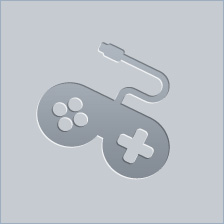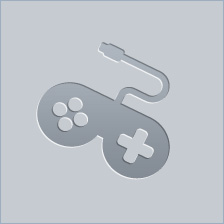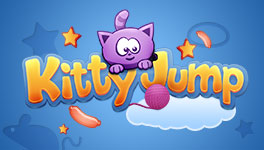The Captain is Dead review

Imagine the high stakes climax of an episode of Star Trek. Enemy aliens are bearing down on the ship, tons of systems are down, and the only hope of survival is stalling long enough to jump to warp speed. This is the exact kind of moment The Captain is Dead aims to capture, albeit in digital board game form. In concept, this should work brilliantly, but the iOS version of The Captain is Dead doesn't quite hold things together.

Activate emergency protocols
The Captain is Dead is a cooperative board game about a starship crew in crisis mode. The ship is in disrepair, hostile forces are closing in fast, and it's up to the four remaining people onboard to somehow maintain the ship's integrity while getting the jump core online.
Each turn, one crew member can carry out a series of actions, ranging from repairing key ship systems (like shields) to healing themselves in the event of sustaining an injury. Most key actions in the game require a combination of action points and skill cards, with the former refreshing every turn and the latter being a resource you need to extract from the ship's computer or cargo hold using--you guessed it--action points.
To repair your jump core, you have to extract and use enough engineering skill cards on the jump core system, which is no easy task. At the same time, bad things happen to your ship every turn, all of which can kill your crew if you don't try to attend to them.
Tactical teamwork
Finding a way to put out immediate (and sometimes literal) fires while constantly working toward the win state is the key challenge in The Captain is Dead. Extreme coordination and forethought needs to be put into every move, and even that isn't always enough.
In this digital version of the board game, The Captain is Dead isn't explicitly multiplayer. You can just take turns by passing the device between players or control all the crew members on your own. There's no online multiplayer to speak of, either.

Playability paradox
The most striking thing about The Captain is Dead is its audio and visual design. It uses really loud colors on low-poly models and pairs that with a driving synth soundtrack to make everything pop. Its interface also makes use of ship readout screens and performs circle wipes you might see in a campy sci-fi movie to heighten its visual flair.
Unfortunately though, the excellent attention-to-detail that Thunderbox Entertainment poured into this game can't save the troubled core of its source material. The Captain is Dead depends on many, many random elements to create its challenge, to the point that sessions rarely feel satisfying. I could see this kind of gameplay being more enjoyable with friends around a table, but playing it on your own feels somewhere between boring and frustrating depending on how you tweak the difficulty settings and how the cards fall.
The bottom line
I wish Thunderbox Entertainment had taken all of their love for sci-fi camp and applied it to a game that feels more satisfying. At its core, The Captain is Dead is a game driven by chance. I get why you have to do something like that for a board game but, in digital spaces, far more compelling things can (and have) been done with games that have almost the exact same setup.


















